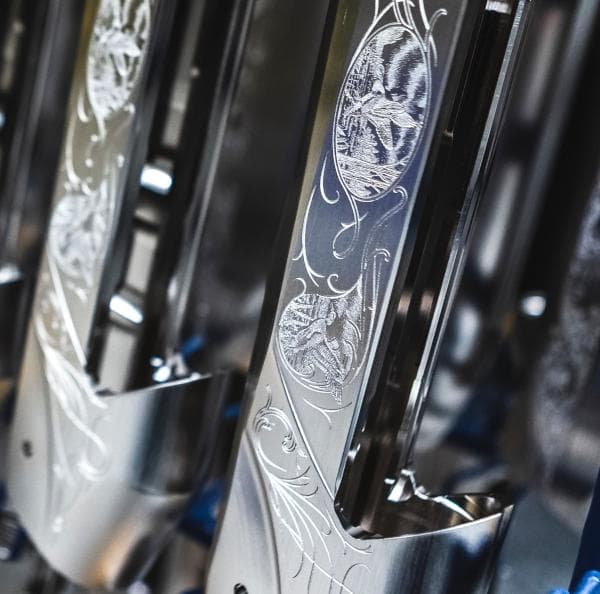NIPLATE® eXtreme
Electroless nickel plating
Niplate eXtreme is an electroless nickel plating developed specifically to increase corrosion resistance, especially on aluminium alloys.
Thanks to a research project, the nickel alloy deposition process parameters have been optimized in order to improve the performance of coated aluminium components. This is the background to the Niplate eXtreme treatment, which makes it possible to protect aluminium parts subject to corrosion and frequent wetting.
The coating has very low porosity and it increases salt spray resistance, limiting subsurface oxidation phenomena.
The coating can be applied to all aluminium alloys, from machined billets such as the 7000 and 2000 families employed in the aeronautical industry and in the racing sector (F1 and MotoGP), and cast and die cast alloys with high silicon contents.

 Technical datasheet
Technical datasheet